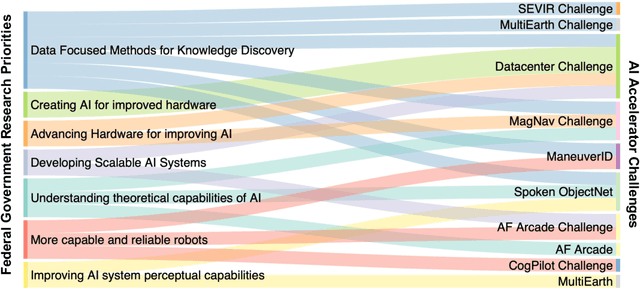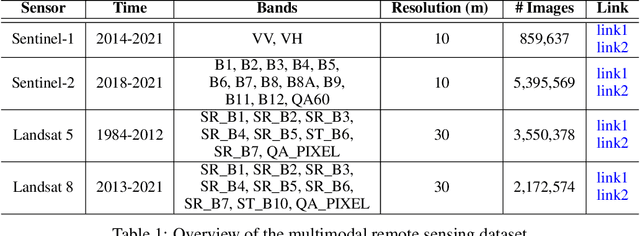Hrishikesh M. Rao
Wearable Tracking of Eye and Body Movements During Breaching Training: Towards Real-Time Blast Injury Monitoring
May 14, 2025Abstract:Repeated exposure to blast overpressure in occupational settings has been associated with changes in cognitive and psychological health, as well as deficits in neurosensory subsystems. In this work, we describe a wearable system to simultaneously monitor physiology and blast exposure levels and demonstrate how this system can identify individualized exposure levels corresponding to acute physiological response to blast exposure. Machine learning was used to develop a dose-response model that fused multiple physiological measures (electrooculuography, gait, and balance) into a single risk score by predicting the level of blast exposure on held-out subjects (Fused model, R = 0.60). We found that blast events with peak pressure levels as low as 0.25 psi could be related to physiological changes and hence may contribute to blast injury. We also identified an individual subject with deteriorating reaction time scores that consistently showed a rapid and anomalous change in physiology-based risk scores after exposure to low-level blast events. Our results suggest that the wearable approach to blast monitoring is viable in weapons training environments as a complement to more direct but sparsely administered brain health assessments, potentially viable in austere environments, and that fusing multiple physiological signals can improve sensitivity.
Developing a Series of AI Challenges for the United States Department of the Air Force
Jul 14, 2022



Abstract:Through a series of federal initiatives and orders, the U.S. Government has been making a concerted effort to ensure American leadership in AI. These broad strategy documents have influenced organizations such as the United States Department of the Air Force (DAF). The DAF-MIT AI Accelerator is an initiative between the DAF and MIT to bridge the gap between AI researchers and DAF mission requirements. Several projects supported by the DAF-MIT AI Accelerator are developing public challenge problems that address numerous Federal AI research priorities. These challenges target priorities by making large, AI-ready datasets publicly available, incentivizing open-source solutions, and creating a demand signal for dual use technologies that can stimulate further research. In this article, we describe these public challenges being developed and how their application contributes to scientific advances.
 Add to Chrome
Add to Chrome Add to Firefox
Add to Firefox Add to Edge
Add to Edge